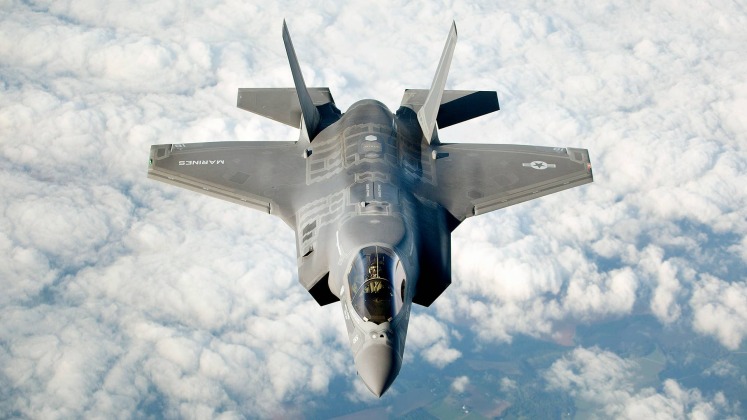Amid rising controversies surrounding the F-35 fifth generation fighter program, a House Armed Services Committee hearing has seen particularly significant criticisms raised against it. At the centre of discussions has been a recent Government Accountability Office audit finding that projected sustainment costs for the program had risen by 44 percent since 2018, with these rising from $1.1 trillion in 2018 to $1.58 trillion in 2023 across the fleet’s lifetime. This was on top of the planned future spending of $2 trillion acquiring 1,800 additional airframes. The report further stressed that the fighter’s particularly poor “full mission capable rate,” which is totally in a league of its own within the fleet alongside the even more problematic F-22 as by far the poorest. The report highlighted that the F-35B variant’s fully mission capable rate that year was particularly poor even among other F-35s at just 14.9 percent, with this representing the most expensive and complex variant. Very poor availability rates have been at the centre of lawmakers’ criticisms in the past, as the newly built aircraft were expected to have far better rates and less maintenance issues than worn out Cold War era F-15 and F-16 airframes many of which have served for over three decades.

The new revelations from the Government Accountability Office audit follow confirmation from Lockheed Martin which produces the aircraft that deliveries in 2024 will be 27-50 percent lower than expected, and that the Technology Refresh 3 (TR-3) upgrade package, already a year behind schedule, likely will not be ready before 2025. At the hearing Defence Secretary Lloyd Austin notably refuted Representative Matt Gaetz’s categorisation of the F-35 as “hundred-million-dollar paperweights,” in reference to their low availability rates and very limited viability for high intensity combat. “If it’s not mission-capable, do we just stare at it and admire it?” Gaetz asked, to which Austin replied: “we continue to work to make sure we get our aircraft operational.” Austin’s predecessors in the post of secretary of defence were notably significantly more critical of the F-35 program, with his immediate predecessor Defence Secretary Christopher C. Miller, referring to the program as a “monster” the military had created and to the fighter itself as “a piece of…”
